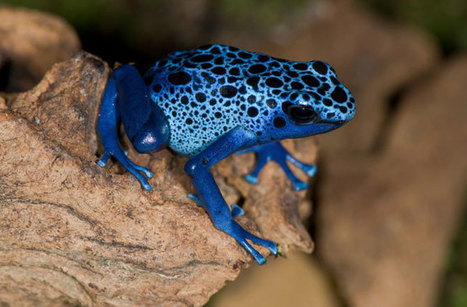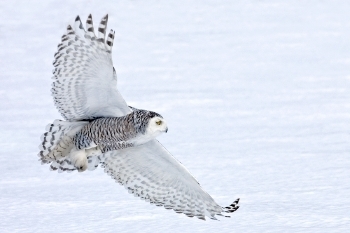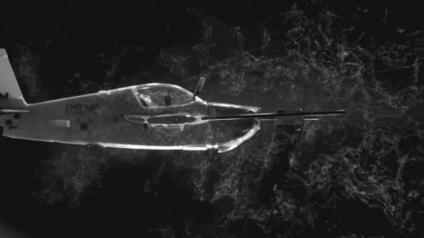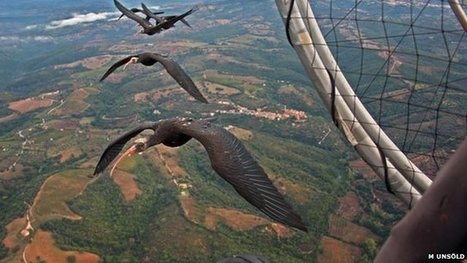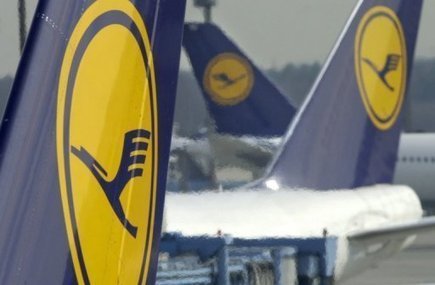"Ribbon halfbeak are a species of fish with the ability to fly above the sea surface - but unlike true 'flying fish', they lack the necessary hind wing fins. So how do they fly? Dr Yoshinobu Inada from Tokai University, Japan says, "Investigating the design of ribbon halfbeak could provide useful information for the optimal design of tandem wing airplanes."
Get Started for FREE
Sign up with Facebook Sign up with X
I don't have a Facebook or a X account
 Your new post is loading... Your new post is loading...
 Your new post is loading... Your new post is loading...

Marcelo Errera's curator insight,
July 10, 2015 10:42 AM
The design evolution process never ends. There are some robust associations between features that guide the designs which live longer.
In other words, the best design today will eventually be replaced by tomorrow's best of "de jour".
|
Yves Bonis's curator insight,
December 9, 2014 3:51 AM
Le vol silencieux des hiboux a déjà inspiré le Shinkansen - le "TGV" japonais. Il pourrait bien aider également l'aviation...
Zachary12's curator insight,
November 3, 2014 4:17 PM
This is a an great idea and concept for flight similar to that comic joke that with Irish man who was the first man to fly by putting geese feather on him self. These scientist found that feather might dissipate turbulence on a plane since we have found that birds don't experience any type of turbulence. Look at Peregrine Falcon which can reach 200 mph when diving at a prey 
Brad's comment,
November 30, 2014 9:55 AM
I could see this technology being more available to small aircraft like it says, but the ability to ensure no turbulence or even a claim to even reduce turbulence in large plains is unsure. Small planes are the ones who get bounced around the most, larger aircraft are still so large I am not sure if it would be cost effective. It seems like this technology is very early. When a new technology claims it is copyiung nature it must be better, or does it? I don't see how tons of metal and steel could ever really rect like a birds wing.
Zachary12's comment,
November 30, 2014 10:03 PM
I think you right brad in fact that lager planes would not experience to much affect but the small planes might, and for copying nature I would have to say that they should look at this idea for feathers for small amount of effort for overcoming turbulence. But another maybe even better way would be a integrating more natures concepts to the wings like carbon fiber wings that might give to increase pressures or changes in jets streams. I use carbon fiber as an example is be cause it has a high tensile strength giving less likely hood to snap but this could give the once ridged wings more flexibility in flight to compensate.
|






